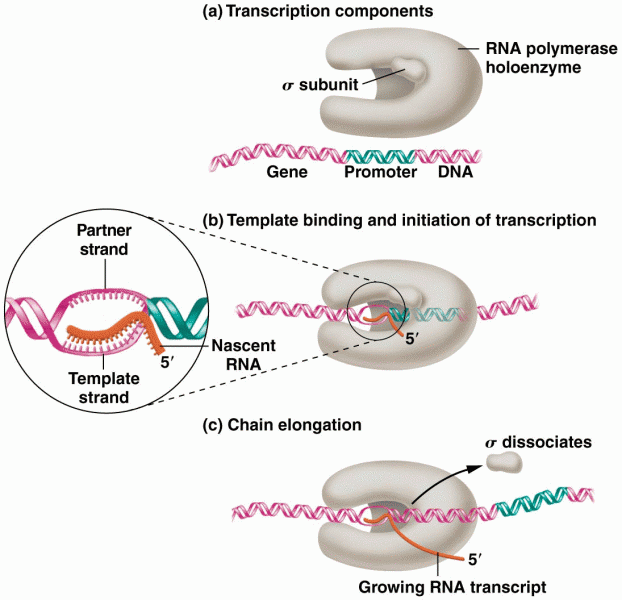|
|
|
Looking at the sun may not only cause headache and distort your vision temporarily, but it can also cause permanent eye damage. Any exposure to sunlight adds to the cumulative effects of ultraviolet (UV) radiation on your eyes. UV exposure has been linked to eye disorders such as macular degeneration, solar retinitis, and corneal dystrophies.
The modern decimal position system was the invention of the Hindus (around 800 AD), involving the placing of numerals to indicate their value (units, tens, hundreds, and so on).
Cyanide works by making the human body unable to use oxygen.
A seasonal flu vaccine is the best way to reduce the chances you will get seasonal influenza and spread it to others.
About 100 new prescription or over-the-counter drugs come into the U.S. market every year.







